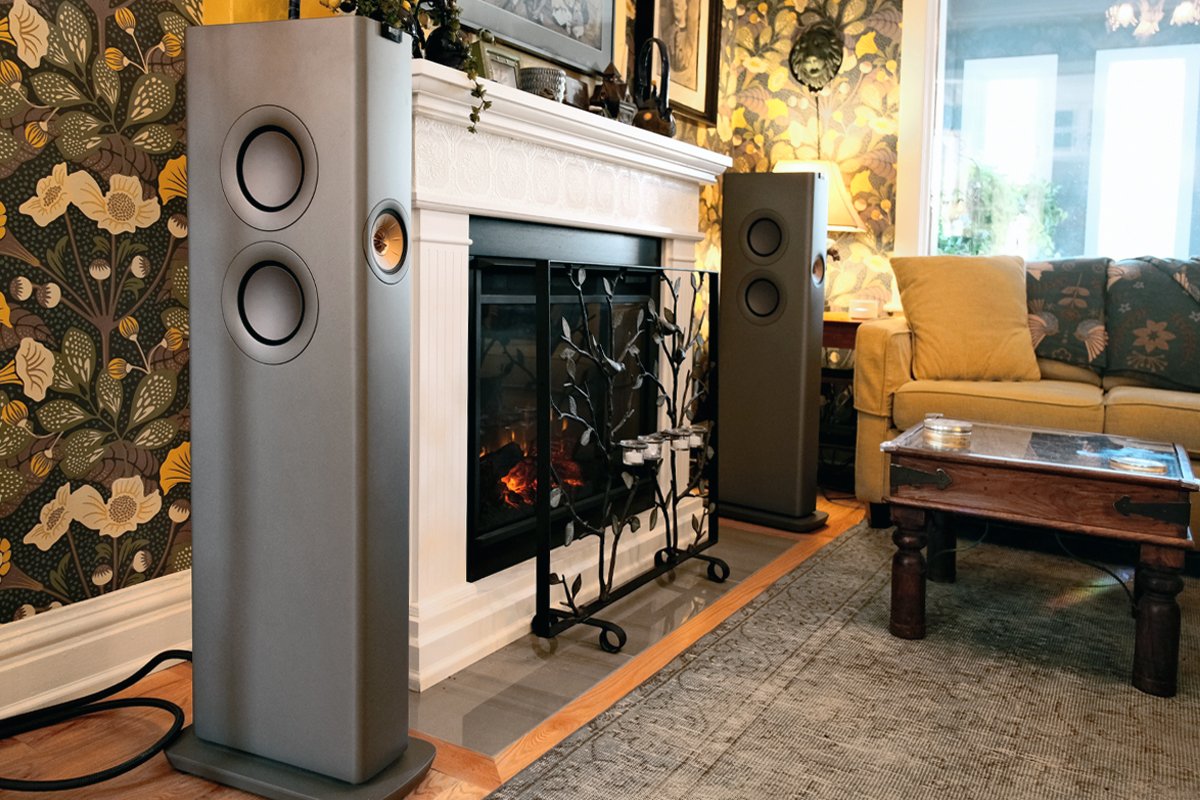Spotify began service in 2009, which means we’re 15 years into the streaming era. I’m generally a late adopter of new technology, so it took me a while to join the party. I got into file-based playback in a big way starting around 2011, but only began streaming in 2015. Now I’m all in. I’d guess that streaming (mainly from Qobuz) accounts for 90% of my listening.
That’s partly a matter of necessity. As I’ve written many times in this space, there’s not enough room in the Edwardian rowhouse I share with my missus for a large collection of LPs or CDs—or even a traditional hi-fi setup. That’s part of the reason that my main music rig is comprised of a KEF LS60 Wireless active speaker system. Those two slim towers are the only audio components in our living room.
But many SoundStagers still have a thing for physical media—not just vinyl LPs, but CDs as well. Jason Thorpe, senior editor of SoundStage! Ultra (our site for oligarchs), and Joseph Taylor, senior editor of SoundStage! Xperience (our site mostly focused on music), frequently tout their love of vinyl on these pages. In a recent column, Joe declared that he hopes the CD format doesn’t bite the dust anytime soon. And a few months back, Dennis Burger, senior editor of SoundStage! Access (the sensible corner of the SoundStage! empire), got himself a ’table. Until recently, Dennis was a straight-up digital guy.
Does that make me, the late-to-the-party streaming guy, the outlier in our group? Not a chance. I know that most of my fellow SoundStagers stream a lot of their music. Besides, I own a turntable too—and I get what they like about physical media.
Social music
I bailed on analog in 1987, but ended up buying a Pro-Ject Debut Carbon Evo in early 2021. My motivation was the same as Dennis’s: I needed a ’table that I could use as part of my test bed when reviewing components with a built-in phono stage—for example, PSB’s Alpha iQ active speaker system. That system sits on the top shelf of the secretary desk in my home office. My yellow Pro-Ject turntable is connected to its phono inputs.
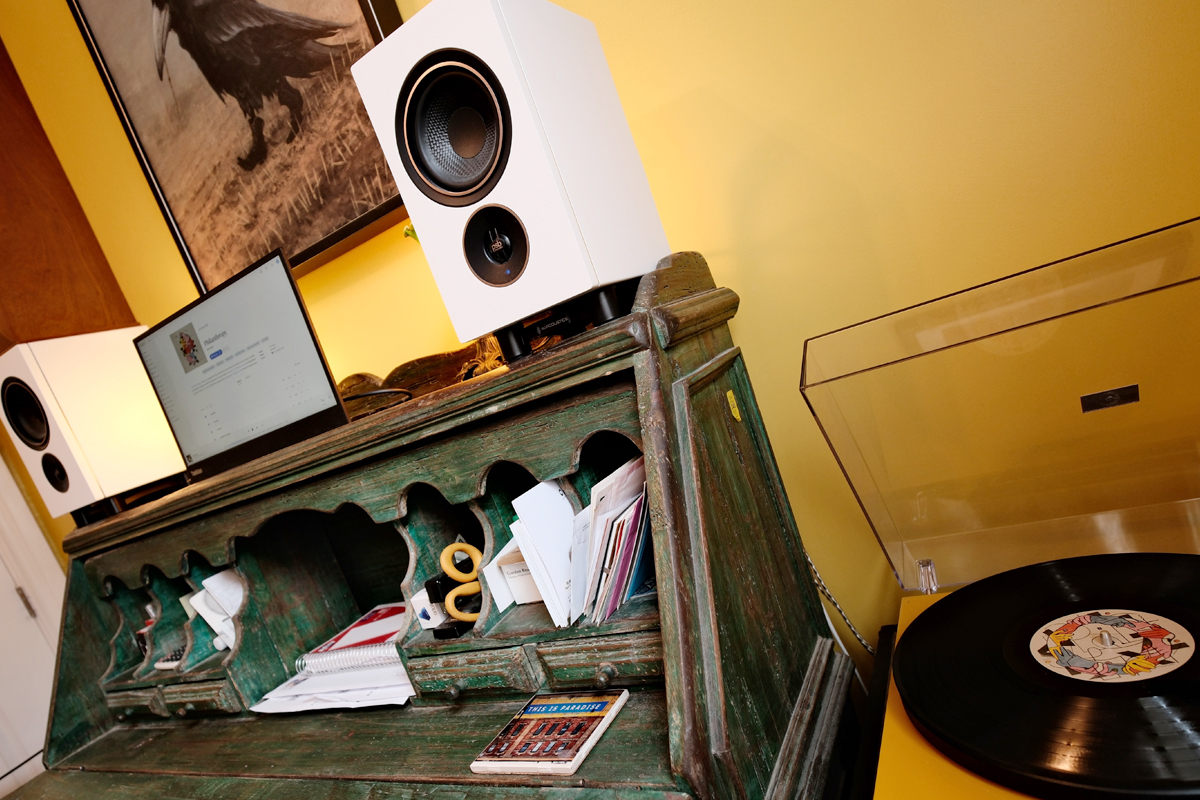
For Dennis, an unforeseen benefit of getting a turntable is the sense of community he experiences when he visits local record stores—not just with fellow customers, but with the proprietors as well. Even before he bought his turntable (a U-Turn Orbit Theory), Dennis was shopping for vinyl. One such expedition occurred on April 20—Record Store Day—2024.
Coincidentally, I was out record shopping that very day. My wife’s brother-in-law, Paul, had recently celebrated a birthday, and as a gift, I proposed that we head down to Sonic Boom, a big record emporium in downtown Toronto, on Record Store Day so that he could pick out something to spin on his Pro-Ject ’table. We arrived to find a huge lineup extending around the block. Not wanting to wait an hour to get into the store, we headed for a smaller (and funkier) record shop: Paradise Bound in Kensington Market. I bought a new Rhiannon Giddens LP for Paul, plus a secondhand Gordon Lightfoot album for my brother Jamie for his upcoming birthday. Paul bought two Duke Ellington records that his wife, Petrea, had been hankering for.
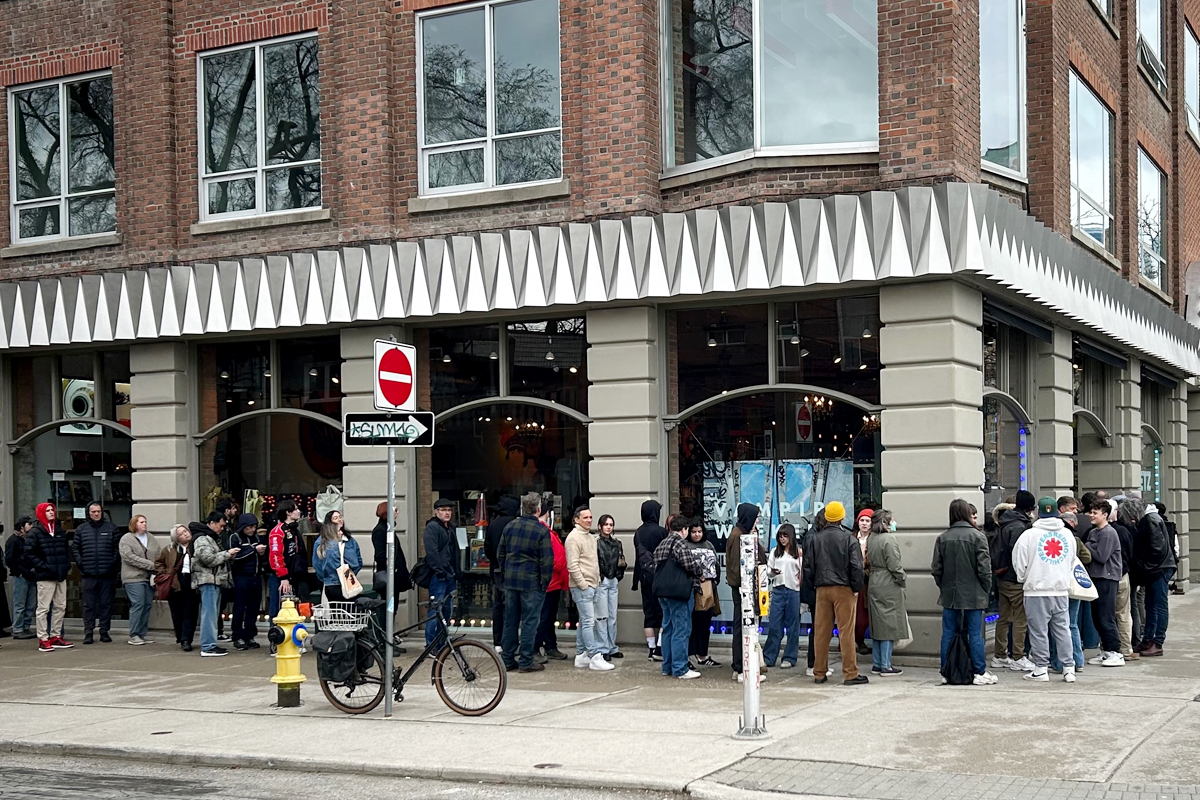
I also spent some time talking with the owner, who proudly showed Paul and me some antique Japanese erotic prints with people in impossible positions. Besides records, Paradise Bound also sells Asian art—woodblock prints, hanging scrolls, and pottery.
As I read Dennis’s accounts of his ventures to local music stores, I remembered the long line at Sonic Boom and my pleasant (and productive) sojourn at Paradise Bound—and much earlier trips to Sam the Record Man and A&A Records on Toronto’s Yonge Street, many of them with fellow music lovers. Both stores have long since been shuttered.
For most of human history, music has been a communal activity. Listening to streamed music through a smartphone and earbuds turns music into a solo activity. It’s a manifestation of the loneliness epidemic that is engulfing western society. The renewed interest in physical media and the reemergence of record stores is helping make music more social again.
One thing leads to another
I didn’t add anything to my own modest record collection on RSD 2024, but I could have. Paradise Bound has an excellent selection of used classical vinyl and many rock LPs from the 1960s, ’70s, and ’80s. I spotted a mint copy of Avoid Freud by the Toronto band Rough Trade that brought back memories of my misspent youth. Had I been so minded, I could have come home with an armful of records. It would have been like revisiting an earlier time in my life when I’d come home from expeditions to Sam’s and A&A laden with new purchases.
In my record-collecting heyday, when my main genre of interest was classical, I used to joke with fellow classical collectors that my goal was to acquire die Gesamtwerke aller—the complete works of everyone. Every time I discovered a new composer, I’d want to have all of that composer’s works in my library. Same with a new musician.
I gave up being a completist a long time ago, not just because it was financially unfeasible, but also because no one has room to house a record collection with die Gesamtwerke aller. But as the following examples illustrate, streaming makes it much easier to be a completist.
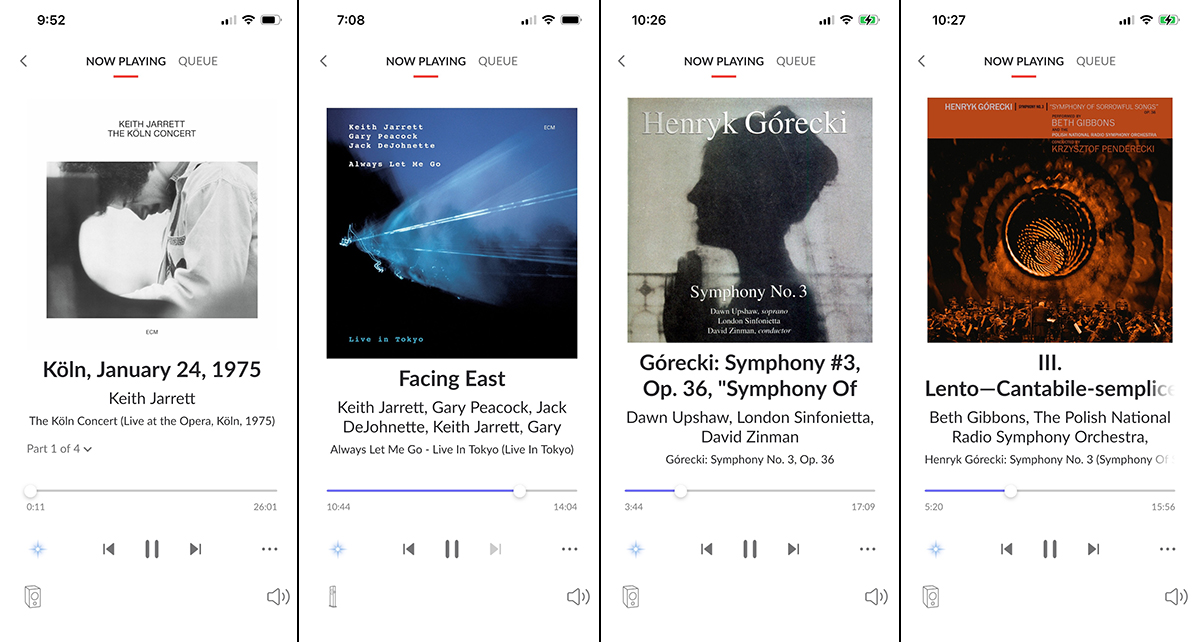
At one time in the last century, I had a few Keith Jarrett albums in my collection. I started with The Köln Concert, then later added a couple more of his solo concert albums, and a few albums by the various trios and quartets he led. But Jarrett recorded over 100 albums, not just jazz, but classical as well. With physical media, I could only get to know a small number of those recordings. With streaming, I’ve been able to explore Jarrett’s recorded output more deeply, and I’ve discovered one treasure after another. Currently, I have about 25 Jarrett albums designated as favorites in my Roon library.
It’s the same with classical. I’ve been able to explore new performances of works I know well. Ever since its 1992 release, I’ve loved the iconic recording of Polish composer Henryk Górecki’s Symphony of Sorrowful Songs featuring American soprano Dawn Upshaw and the London Sinfonietta conducted by David Zinman. But a couple of years ago, I came across an intriguing new recording of the work featuring Beth Gibbons, lead singer for the British trip-hop group Portishead, accompanied by the Polish National Radio Symphony Orchestra under Krzysztof Penderecki. If the only way to hear Gibbons’s performance were to buy the CD, would I have done so? I doubt it. But I’ve enjoyed hearing it on Qobuz, and I’ve designated it as a favorite too.
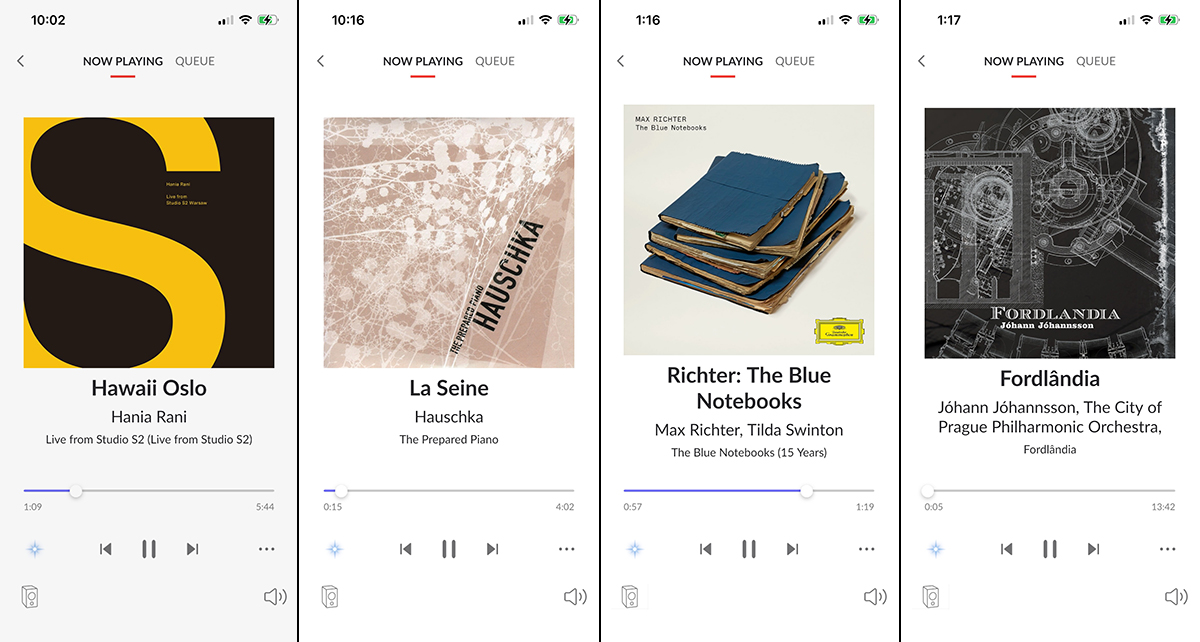
And of course, another great thing about streaming is the opportunities it provides to explore new music. After watching Arrival a few years ago, I went online to find out more about a beautiful piece of music associated with Hannah, the daughter of the lead character, Dr. Louise Banks, played by Amy Adams. It was “On the Nature of Daylight” by Max Richter, from his album The Blue Notebooks. I listened to the album right through, then to more Richter albums, and bookmarked several as favorites. During one listen, I checked Roon’s list of recommended albums and saw Fordlandia by the Icelandic composer Jóhann Jóhannson. I gave that one a listen and loved it, then started exploring other Jóhannson recordings. Interestingly, Jóhannson composed all the music for Arrival except for “On the Nature of Daylight.”
A couple of years ago, Dennis turned me onto the marvellous Polish keyboardist, singer, and composer Hania Rani. He pointed me to a YouTube video of Rani performing in a Warsaw studio. After watching the video, I added the EP of the concert to my Qobuz favorites, then started listening to other albums by Rani, and added more to my list. Late last year, while playing one of Rani’s albums, I checked Roon’s recommended list and saw The Prepared Piano by Hauschka, the performing name of the German keyboardist and composer Volker Bertelmann. I was intrigued and gave it a listen. I loved the album, and have been exploring Hauschka’s output ever since.
Forever yours
An indication of how much I love Rani’s and Hauschka’s music is the fact that I’ve purchased vinyl records by both artists: Rani’s Live from Studio S2 Warsaw (Gondwana GONDEP048, the EP of the YouTube concert Dennis suggested I watch), and Hauschka’s latest album, Philanthropy (Slang 50551 LP). I’ve also bought copies of Rani’s EP for a couple of family members who are into vinyl.
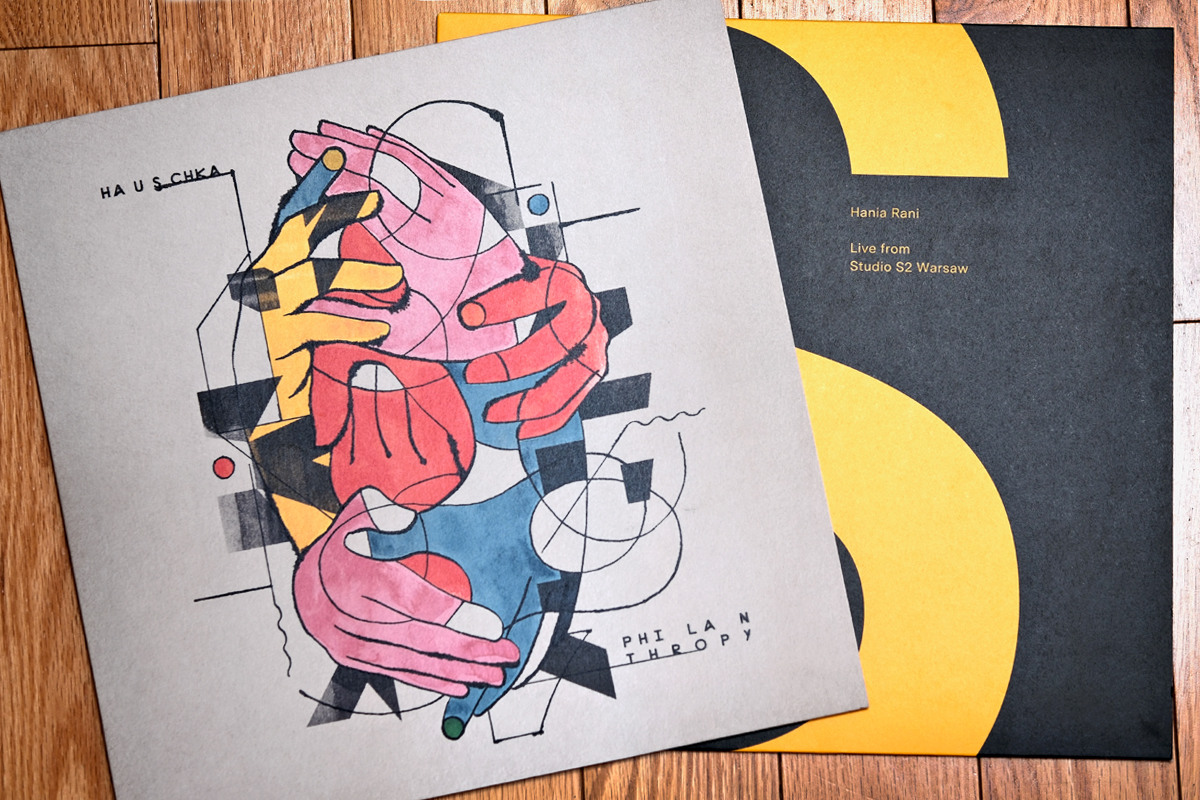
I have to admit I stream Live from Studio S2 Warsaw and Philanthropy way more often than I spin those records. I bought them partly for sentimental reasons—I like having physical artifacts associated with artists I admire—but also because I find them useful as test material when I’m reviewing products with phono stages for Simplifi.
There are other compelling reasons to have physical copies of music that’s important to you. As Joseph Taylor noted in his column on the CD format, physical media gives you control over the music you love. “With streaming and downloads, you cede control,” he elaborates, “giving it over to something ephemeral and less stable than we all would like.”
Moreover, specific versions of some albums are available on CD, but not streaming. “If you want to hear how George Martin thought Sgt. Pepper’s Lonely Hearts Club Band should sound on CD when he supervised its release in 1987, you’ll need to buy that edition of the music,” Joe writes. “You can compare it to the 2009 CD release and the 2017 remix. You can also track down the mono CD that’s part of the 2009 The Beatles in Mono box set. I checked Amazon and Qobuz, and you can stream the 2009 stereo version and 2017 remix. If you want to hear the other two, you’ll need to buy them on CD.”
Physical media also makes your music collection more personal—something that’s unique to you. In 2017, I interviewed David Sax, author of The Revenge of Analog: Real Things and Why They Matter, for a Canadian technology magazine. He made a perceptive observation: the near-limitless range of music on streaming services can be overwhelming. “It’s like a Vegas buffet,” Sax told me. “You don’t really want to eat anything; you just want something sort of smaller. When I open my Spotify app, which I listen to when I’m in my car and when I’m walking, it’s just paralyzing.” I often experience that myself when I sit down for a listen.
Tinkering
For people who are into audio as a hobby, the pursuit of better sound through tweaks and accessories is part of the fun. As I wrote in a February 2021 feature, Simplifi’d hi-fi offers some opportunities for tinkering. But as Joseph Taylor outlined in an October 2023 feature, analog offers abundant opportunities for tinkering: cartridge and stylus upgrades, new mats, outboard power supplies, upgraded platters and subplatters, and support platforms—either DIY or ready-built.
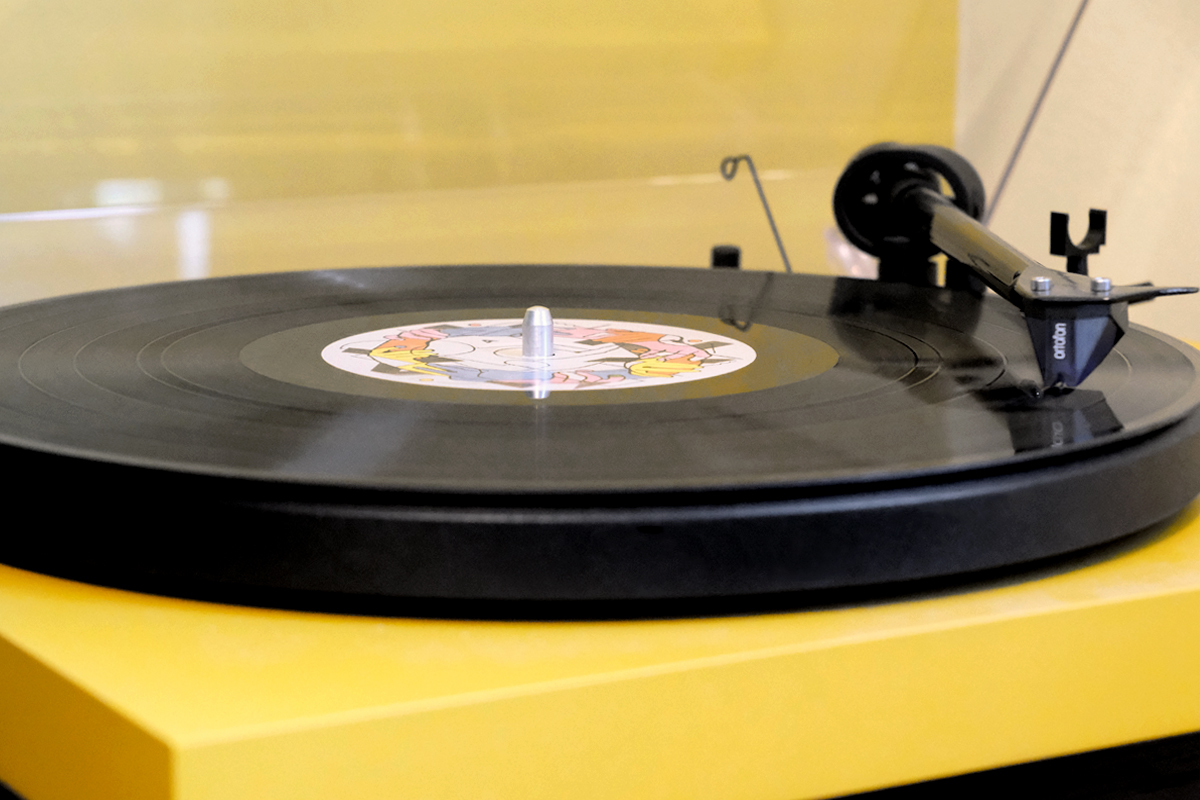
Even though I don’t listen to a lot of vinyl, I recently tried one of Joe’s tweaks. I replaced the stock Ortofon 2M Red stylus on my Pro-Ject ’table with an Ortofon 2M Blue. Both styli have 8 × 18µm elliptical diamond tips, but the diamond on the Blue is nude-mounted rather than bonded. The sonic improvements were not subtle. Highs were more detailed, but smoother. Bass was more powerful, but also more textured. The soundstage was wider and deeper, and aural objects were better delineated.
Now I’m itching to try some of Joe’s other suggestions: building an isolation platform for my turntable, replacing the stock plastic subplatter with Pro-Ject’s Debut Alu subplatter, and replacing the stock steel platter and felt mat with Pro-Ject’s Acryl it platter.
You might ask why I’d go to this trouble and expense, given the fact that vinyl accounts for a small part of my listening. The answer is simple: for the fun of it, for the thrill of the chase. Along with my love of music, this is what drew me to this hobby more than a half century ago.
Streaming has expanded my musical horizons in ways I couldn’t have dreamed of back then. I can’t imagine going back to the time when all my listening was from LPs, and later CDs. But I get why many people still love physical media.
. . . Gordon Brockhouse





